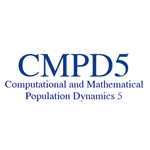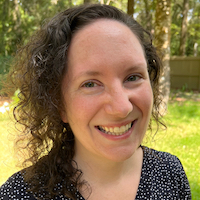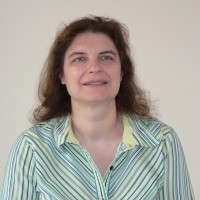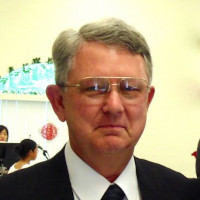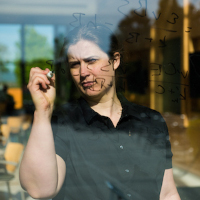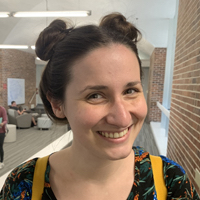Subhorn Khonthapagdee (UF Mathematics)
368 Little HallModels of crowding effect on phytoplankton competition for nitrogen In the previous study, we consider a chemostat model of phytoplankton competing for nitrogen taking into account effects of both intra- and interspecific crowding. Crowding can be modeled as an additive density-dependent mortality rate. Crowding effects maybe classified into intra- and interspecific crowding depending on whether …



